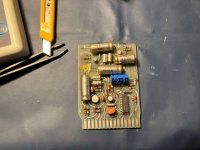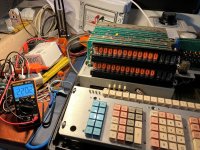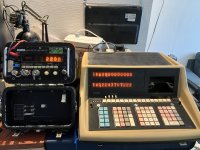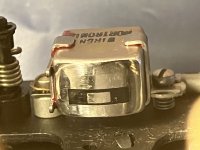durgadas311
Veteran Member
Yes, superficially I'd assume the memory is working. There could be bits malfunctioning, but so far you don't seem to have any evidence of that.
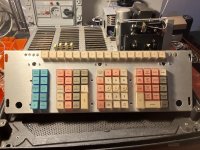
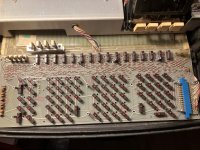
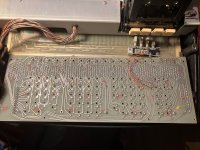
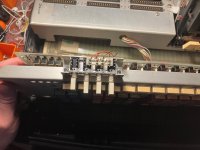
Rick Bensene has some price lists on his website, https://www.oldcalculatormuseum.com/a-wang700pl0970.html. Most basic model was $4900 in 1970. I don't know what the service contracts cost, but you pretty much had to have one.This is really a great looking machine. What did they cost brand new back then? Curious. They can't have been cheap. But well made.
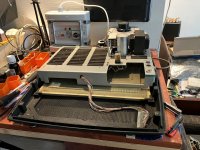
Thank you, I still have to look at the tapedeck in detail so these are good points to take a look at. As for the motion, Rewind seems fairly smooth. Fast Forward is very jerky and Play was a little hard to see. But, as it's the same direction as FF, I suspect it's not smooth at all as well.For the tape drive belt, measure it and you may find a suitable one from a standard cassete deck.
The takeup reel may have a clutch which keeps a constant tension on the tape when playing.
Not always obvious as they can be built into the spindle.
If the tape motion is not smooth, this could be what needs attention.
I had not found those, thank you very much for sharing.I don't know if you ever found these, I know I meant to send this link sooner. Here are the Wang schematics I used to build my simulators. It seems not every board in existence is represented here, but it is a start. Jim Battle has been another great source of information on Wangs.
